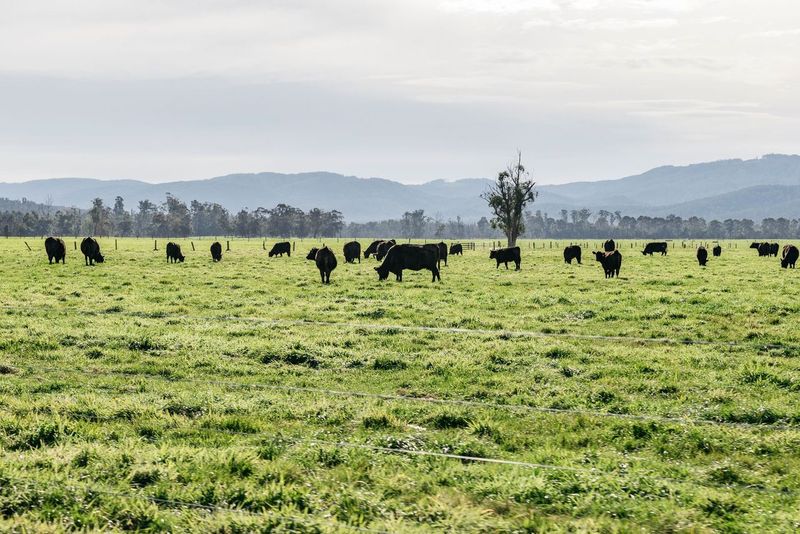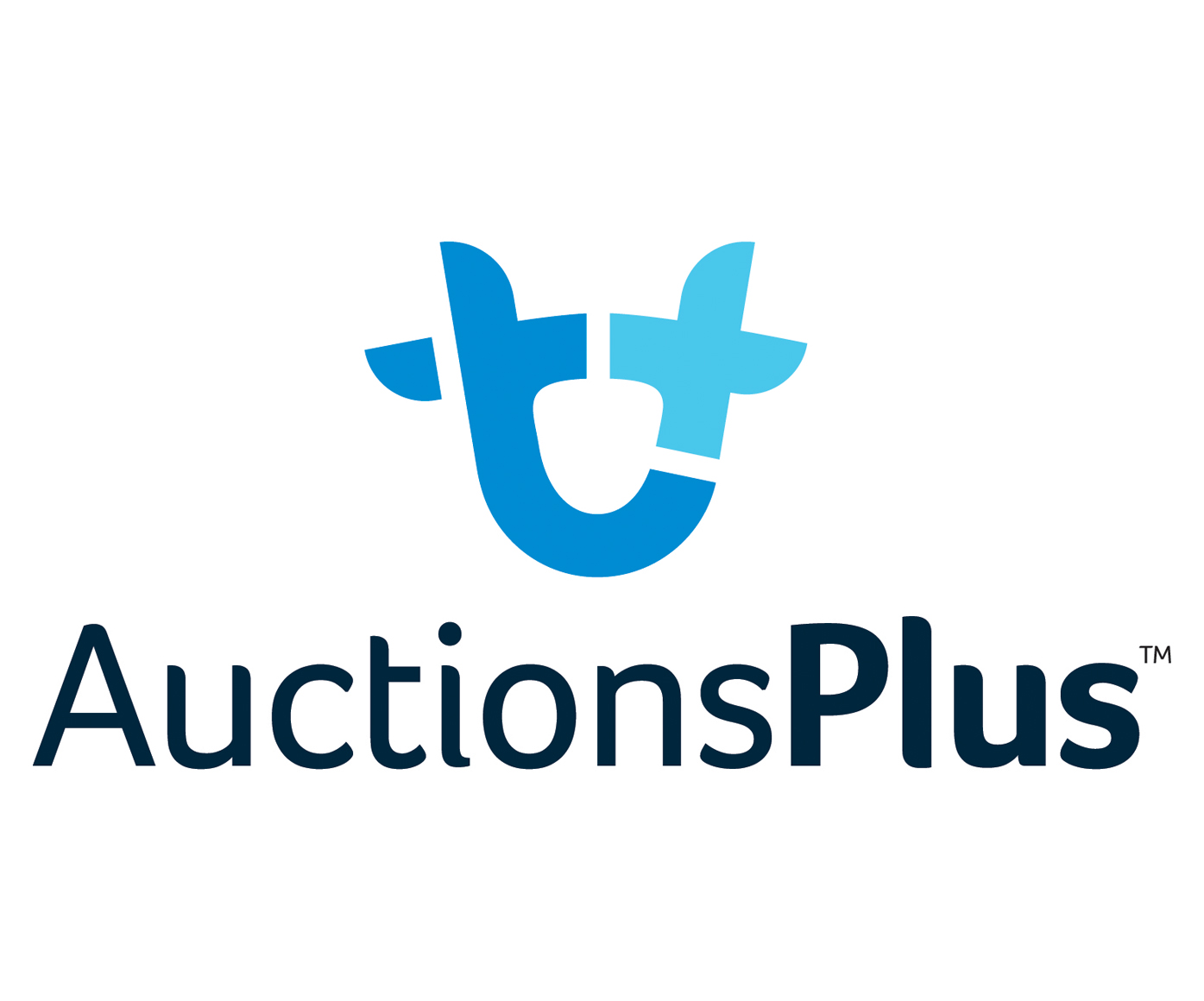The use of pain relief while conducting routine husbandry practices is increasingly considered an expectation among consumers and industry.
Greenham Dairy Beef & Animal Welfare Manager, Dr Sarah Bolton said as well as being an ethical responsibility, prioritising animal welfare is essential for profitable, productive farms.
“The Greenham NEVER EVER (NE) Beef Program is underpinned by the Certified Humane program, which requires accredited producers to provide pain relief when carrying out routine husbandry practices, including castration and disbudding,” she said.
Sarah answers your questions below.
IS PAIN RELIEF COMPULSORY?
The use of pain relief during castration and disbudding/dehorning is mandatory for NEVER EVER, GAP and Greenham Dairy Beef Program accredited producers.
It’s also good to keep in mind that the Australian Animal Welfare Standards for Cattle are being regulated progressively by state and territory governments. Where regulated within a state or territory, the use of pain relief is compulsory for castration and dehorning for animals above certain ages. For details refer to the Animal Welfare Standards and Guidelines for Cattle (Standards 6.2 and 6.4).
The Australian Beef Sustainability Framework (ABSF) also states that industry “is committed to the pursuit of non-invasive replacements for on-farm surgical procedures as part of responsible management practices and in the interim, aspires to 100% use of pain relief for those procedures by 2023”.
And the Australian Dairy Industry Sustainability Framework also includes a 2030 target for all calves to be disbudded by two months of age with pain relief. This is also an Australian Dairy Farmers (ADF) policy.
WHAT IS THE COST VS. THE BENEFIT OF USING PAIN RELIEF IN CATTLE?
The benefit for producers in using pain relief is not only for peace of mind but also in meeting consumer expectations, and access to premium markets and financial incentives offered through Greenham’s onfarm programs.
Routine animal husbandry practices can induce various physiological responses that can be detrimental to the animal’s overall health.
The objectives of pain management include:
- Alleviating pain and inflammatory responses
- Reducing stress
- Regaining normal bodily functions as soon as possible (including grazing and suckling).
WHAT REGISTERED PRODUCTS ARE AVAILABLE FOR USE?
There are a number of products on the market that carry pain relief claims for cattle. Four common products are:
- Tri-Solfen (Bayer Australia) –topical local anaesthetic
- Illium Buccalgesic OTM (Troy Laboratories, meloxicam) – oral anti-inflammatory (NSAID)
- Metacam 20 (Boehringer Ingelheim) – injectable antiinflammatory (NSAID)
- Butec OTM (Troy Laboratories, meloxicam) – oral antiinflammatory (NSAID).
Additionally there are a number of other injectable non-steroidal anti-inflammatory drugs (NSAIDs) that can be obtained from a veterinarian, including Flunixin, Ketoprofen, Tolfenamic acid and
other Meloxicam registered products.
NSAIDs are analgesics that reduce pain by suppressing inflammation, however they don’t totally block (anaesthetise) pain. Local anaesthetics block (anaesthetise) pain, however their duration of action can vary.
WHAT ARE DRUG ‘SCHEDULES’ AND HOW DO THEY IMPACT PRODUCT AVAILABILITY?
There are 10 categories or ‘schedules’ of drugs in Australia, which control how medicines and poisons are made available to the public. A schedule 4 (S4) drug can only be purchased from a veterinarian. S5 and S6 drugs can be purchased over the counter at major distributors.
Oral meloxicam has recently been reclassified from an S4 to an S6 drug and can now be purchased from your local feed store or major distributor as Butec OTM.
WHAT HAPPENS IF A PAIN RELIEF NON-CONFORMANCE IS IDENTIFIED DURING AN AUDIT?
If pain relief is not used as required in the NEVER EVER standards, the auditor will record this as a
major non-conformance. Major non-conformances must be addressed within four weeks to
retain accreditation and eligibility for financial premiums when selling cattle to Greenham.
IF I’M A GAP PRODUCER, AM I ALSO NEVER EVER ACCREDITED? AND DOES THAT MEAN I NEED TO COMPLY WITH PAIN RELIEF REQUIREMENTS?
GAP (Global Animal Partnership) accredited producers are also dual accredited with NEVER EVER, which
requires producers to adhere to mandatory pain relief requirements.
Pain relief requirements will be reviewed by your auditor at your next triennial GAP & NEVER EVER audit.
WHAT ARE THE SIGNS OF PAIN I SHOULD LOOK OUT FOR IN MY CATTLE?
It’s important to remember that cattle are prey animals, which means they experience pain from the same stimuli as humans, but don’t express it in the same way. Signs of pain to look out for include:
- Depressed or quiet demeanour (e.g. increased lying time)
- Kicking, stamping, head shaking, tail twitching
- Increased incidence of other diseases (suppressed immune function)
- Delayed or reduced feeding
- Reduced growth rates.

Access MLA’s free pain relief eLearning module.
Discover our fact sheet ‘Pain Relief for Greenham On-Farm Programs‘, which contains further info about specific pain relief products, where to find them and how to use them on-farm.













